The :hover method in CSS will only work if you want to hover over an element and change the color of that specific element, it will not work to change a separate one. In other words, you will need to do some simple JQuery. If you're not familiar with JQuery, don't worry, I'll walk you through the steps you'll need. If you're familiar with Jquery and already have the library, skip to step 3 and I'll provide you with the exact code that will make it work. This looks extremely long and painful but that's just because I'm trying to be as thorough as possible. It is actually very simple
Step 1: If you don't know what JQuery is, it is JavaScript that has been rewritten in an easier (in my opinion) syntax. In order for the JQuery to work however, you will need to download the library (syntax) for free at jquery.com. When you get to the website, click the download tab and then download the compressed, production version of JQuery. When you click that to download it, a page opens up with all the code. Copy it all and paste it into your text editor and save it with a .js extension. ex: jquery-library.js.
Tip: make sure it is in the same folder as all of your other html and css documents that you're using.
Step 2: Link your html with the Jquery library you downloaded like this:
<head>
<script type="text/javascript" src="the name of your jquery library file.js"></script>
</head>
Step 3: Create a new file in your text editor with a .js extension. ex: background-color.js. You will also need to link this with your html page. Go to your html page and in the < head > section right underneath the first < script > tag, type:
<script type="text/javascript" src="the name of your javascript file.js"></script>
Your < head > section in the html should now look like this:
<script src="the name of your jquery library file.js"></script>
<script src="the name of your javascript file.js"></script>
Step 4: You will need to make a few simple changes to your html first. The second and third < p > elements both need classes so that the JQuery can identify them:
<div class="app">
<p> First paragraph </p>
<div class="active">
<p class="second"> Second paragraph </p>
</div>
<br>
<div>
<p class="third"> Third paragraph </p>
</div>
Step 5: Now for the JQuery. It is okay if you don't understand the syntax, just copy and paste this into your .js document:
Tip: I added comments to explain each string as much as possible. Anything on a line after a // is a comment.
$(document).ready(function(){ // <-- this string tells the browser to perform the following action once the page has fully loaded
$(".third").mouseenter(function(){
$(".second").css("background-color", "#9CF"); // change this css color to whatever background color you want
}); // when the mouse enters the class "third", the background color of the class "second"
// changes to #9CF
$(".third").mouseleave(function(){
$(".second").css("background-color", "#FFF"); //change this css color to whatever your default background is
}); // when the mouse leaves the class "third", the background color of the class "second"
// changes back to default
});
I hope this helped. Let me know if something doesn't work, but I tested it in safari and firefox and it is extremely basic JQuery so it should work anywhere. Keep in mind that on a mobile device, you can't hover, so try not to make it an essential part of your website.

there. div is block element and it go on next line by itself – AnilkaBobo Jun 30 '13 at 19:27